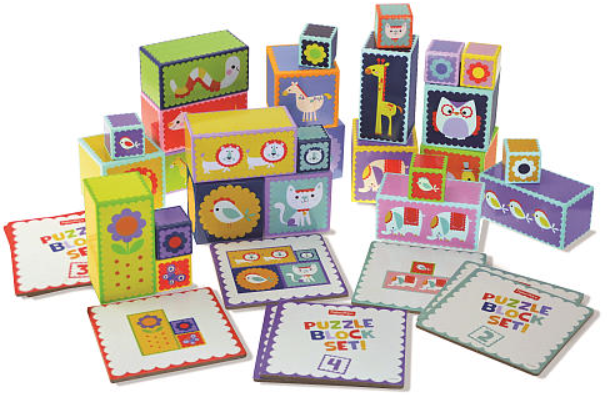 |
Pentago - You better bring your A game. |
|
Winner of multiple awards internationally, Pentago is a two-player strategy game that will keep you on your toes. I hate to admit it, but I have kids on my caseload that can routinely beat me at this. It has improved my game.
The plastic board is divided into quarters and each quarter is able to turn 360 degrees, one quarter turn at a time. After a player places a marble, they will turn one a quarter of a turn. Therefore, you must be able to visualize how the marbles will line up once a piece is turned. Any piece, in either direction. It's a lot to think about for me. :)
If you are really serious about this game, there
is a book on how to win. I don't own it or plan to purchase it, but it is called How to win at Pentago: The Complete Visual Guide
for Advancing from Beginner to Master in the Five-in-a-row Board Game
That's Sweeping the World.
Object:
Get five marbles in a row to win.
Set up:
Choose either the black set or the white set of marbles.
Play:
Players take turns. Put one marble on the playing board and then turn one of the squares 1/4 of a turn. What looked like an unorganized group of marbles may now line up five marbles perfectly for the win. You must visualize what the board will look like after you turn a square as well as keep track of what your opponents will look like.
Try this:
- Work
on strategy, spatial relations, manual dexterity, visualization, visual closure, figure ground, flexible thinking, process skills, executive functioning skills, socialization skills, play and leisure exploration and participation
In the box: One plastic playing board, white marbles, black marbles
Ages 6+, 2 players
If you are interested in purchasing this game or just want more information, click on the image below to go to Amazon.com.











